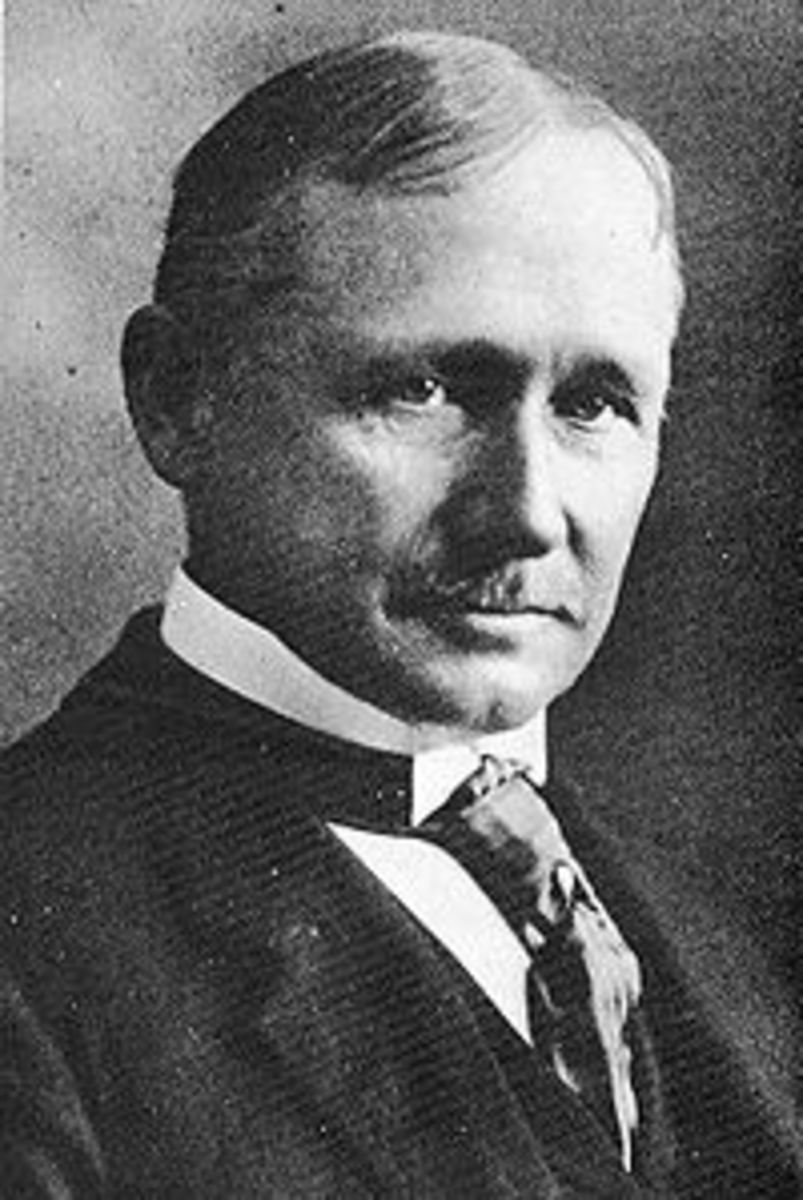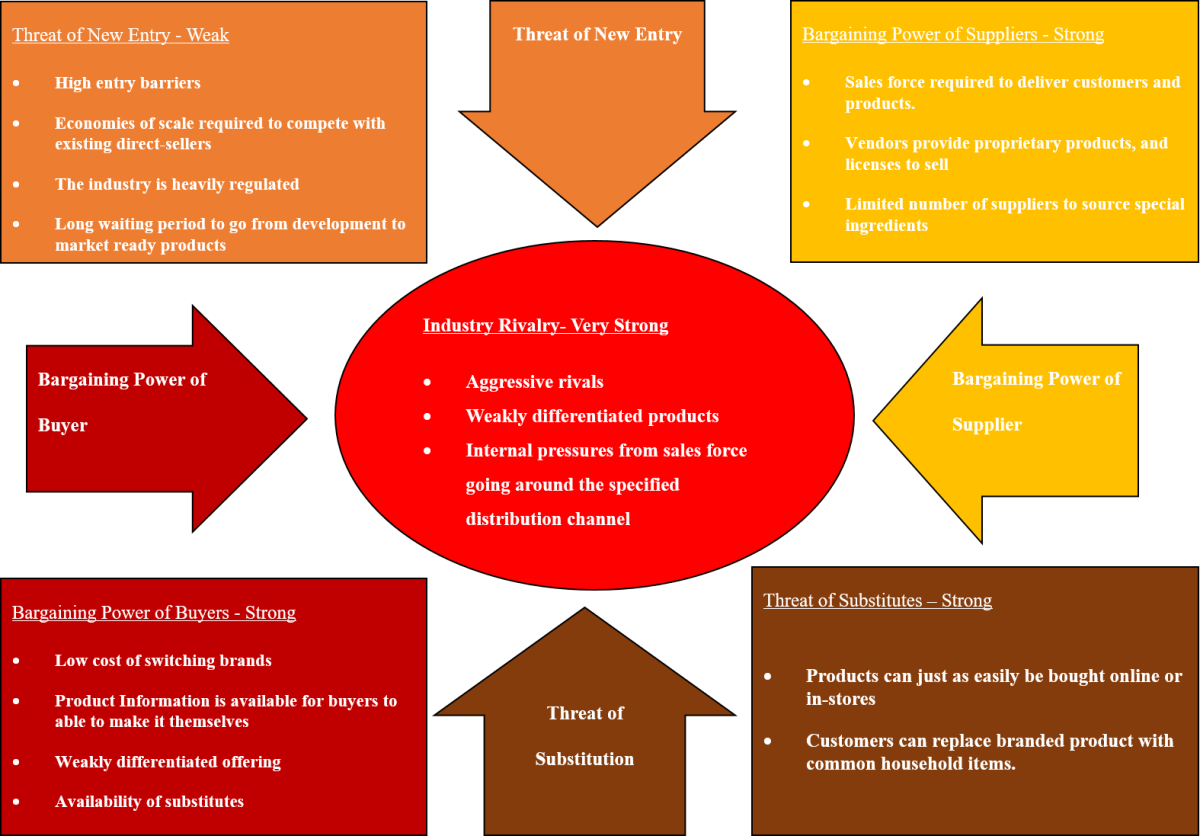Trump’s Leadership: Failed the People
Leadership Style

True Meaning of Responsible Leadership
The leaders in the health sectors have brought more attention to the behaviors they implement. Health consist of both clinical and public health organizations where the focus is prevention and treatment of conditions and diseases. Recalling the mortifying levels of lead in Flint, Michigan city water provided information on how ill-considered a leader can be in the public health sector. Communities place trust on a leader to protect and advocate for them. As a responsible leader, the aspect of the role must embolden others to do better than harm. Engaging in the role of a responsible leader, the prerequisite in distinction between value-systems is a necessary quality. Being able to display quality behavior as a responsible leader, averts on from discrimination, illegal, and unethical ventures. The viewpoints of a responsible leader depend on the configuration of the organization in which can captivate positive impression on a community. Responsible leadership comes in multiple degrees, which can create contrasting outcomes within an organization or community. Understanding the importance of the responsible leader’s role can be the fundamental framework.
In conclusion, there is no one way to be a responsible leader, but there is do no harm or do harm. To become a responsible leader, one must have the ability to make the difficult choices for the better of a community. Using the Flint, Michigan incident provides information on how ineffective a leader can be. The multiple obligations a responsible leader endures, requires the ability to remove all bias from one own belief. Upholding this title places a trust from the community or organization the leader is responsible for. The conflict in the health sectors is understanding the lines between policy and ethics. To be a responsible leader, the aspect of this skill is necessary.
References
Longest, B. (2017). The Responsible leader behavior in the health sectors., 30. https://doi.org/10.1108/Lhs-05-2016-0020








